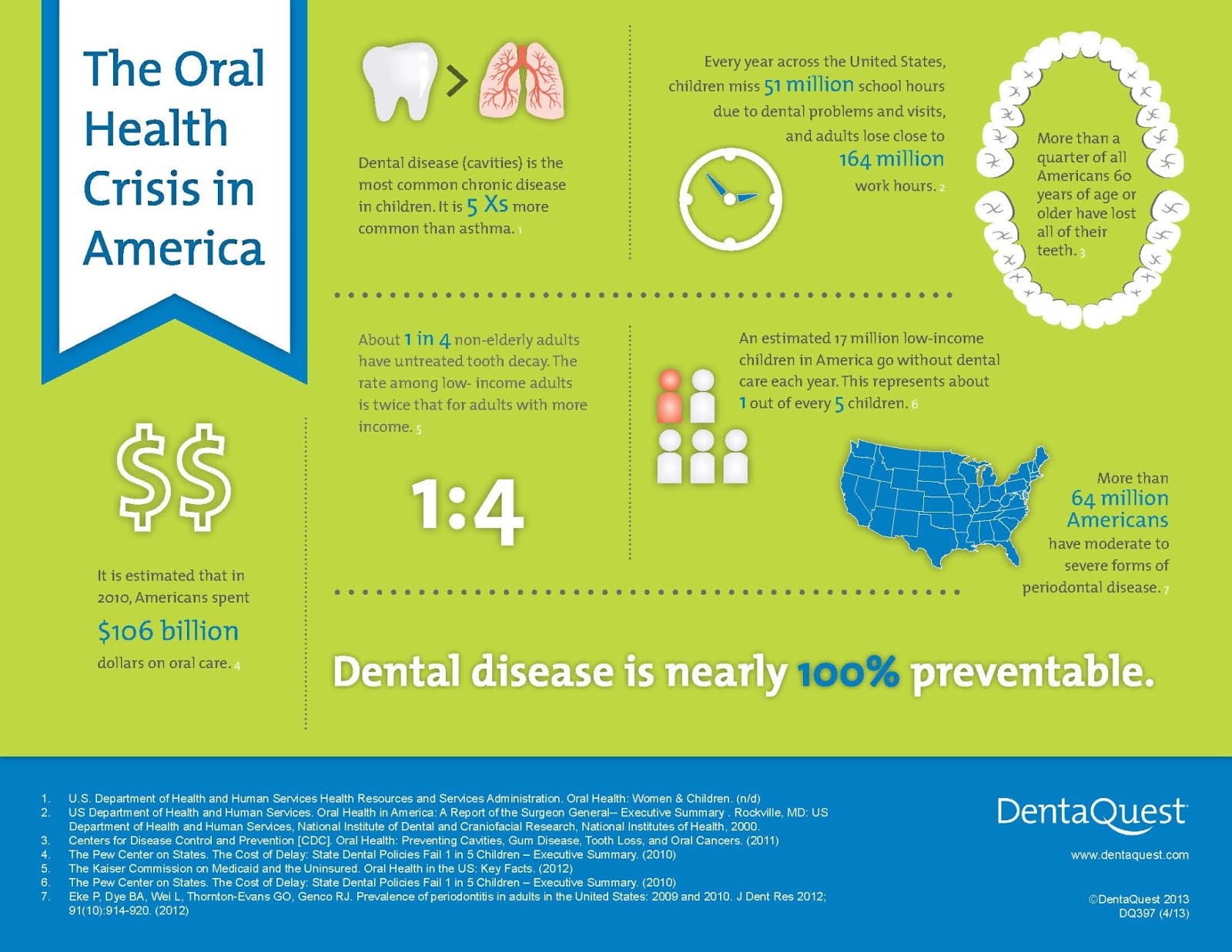The Future Of Dental Surgery: Innovations And Breakthroughs Forming The Area
The Future Of Dental Surgery: Innovations And Breakthroughs Forming The Area
Blog Article
Published By-Foldager Browne
Invite to the globe of dental surgery, where developments and developments are shaping the future of the field! In this amazing realm, you'll witness the transformative power of robotics, the innovative marvel of 3D printing, and the game-changing impact of minimally invasive techniques.
The future of oral surgery holds a promise of precision, effectiveness, and improved patient end results. With the help of sophisticated robotics, specialists are able to perform intricate procedures with greater accuracy and control.
3D printing technology is transforming the creation of dental implants and prosthetics, supplying customized services that fit perfectly into each patient's distinct composition.
Additionally, minimally invasive methods are lowering post-operative pain and healing time, allowing people to go back to their daily lives quicker.
Get ready to explore the interesting advancements and developments that are improving the landscape of oral surgery!
Improvements in Robotics
One major innovation in oral surgery is the use of robotic modern technology, which allows for accurate and effective operations. With the help of robot systems, dental specialists have the capability to do complicated surgical procedures with improved accuracy, decreasing the danger of human error.
These robotic systems are outfitted with innovative imaging technology and exact instruments that allow doctors to navigate via complex anatomical structures easily. By utilizing robotic technology, doctors can attain better surgical accuracy, leading to enhanced individual end results and faster recuperation times.
In addition, making use of robotics in dental surgery allows for minimally invasive procedures, reducing the injury to surrounding tissues and promoting faster recovery.
3D Printing in Oral Surgery
To improve the area of dental surgery, you can discover the subtopic of 3D printing in oral surgery. This ingenious innovation has the potential to transform the means dental cosmetic surgeons run and deal with patients. Here are four essential ways in which 3D printing is forming the area:
- ** Personalized Surgical Guides **: 3D printing permits the creation of highly accurate and patient-specific surgical overviews, boosting the precision and performance of treatments.
- ** Implant Prosthetics **: With 3D printing, dental surgeons can develop personalized dental implant prosthetics that completely fit a patient's unique anatomy, leading to better results and individual fulfillment.
- ** Bone Grafting **: 3D printing allows official source of patient-specific bone grafts, lowering the requirement for typical grafting strategies and improving recovery and healing time.
- ** https://are-veneers-worth-it38372.dsiblogger.com/65992676/dental-implants-for-elders-what-you-required-to-know and learning and Training **: 3D printing can be used to develop reasonable surgical models for educational purposes, allowing oral doctors to exercise complicated treatments prior to doing them on people.
With its possible to boost precision, personalization, and training, 3D printing is an amazing development in the field of dental surgery.
Minimally Invasive Methods
To better progress the field of dental surgery, welcome the potential of minimally intrusive techniques that can considerably benefit both doctors and individuals alike.
Minimally invasive strategies are transforming the area by minimizing medical injury, decreasing post-operative pain, and speeding up the healing procedure. These techniques involve utilizing smaller incisions and specialized tools to carry out procedures with accuracy and performance.
By making use of advanced imaging modern technology, such as cone beam computed tomography (CBCT), specialists can precisely prepare and perform surgical treatments with very little invasiveness.
Additionally, https://www.cureus.com/articles/121471-mental-nerve-anterior-loop-detection-in-panoramic-and-cone-beam-computed-tomography-radiograph-for-safe-dental-implant-placement of lasers in dental surgery enables accurate cells cutting and coagulation, causing minimized bleeding and lowered recovery time.
With minimally invasive techniques, clients can experience much faster recuperation, decreased scarring, and enhanced outcomes, making it an important facet of the future of oral surgery.
Verdict
So, as you can see, the future of dental surgery is extremely appealing, with amazing technologies and advances shaping the area.
From the innovations in robotics to making use of 3D printing and minimally invasive techniques, dental doctors are reinventing the means they offer treatment.
While some may bother with the prospective cost related to these innovations, it's important to keep in mind that these modern technologies inevitably improve client end results and decrease recovery time, making them well worth the investment in the long run.
